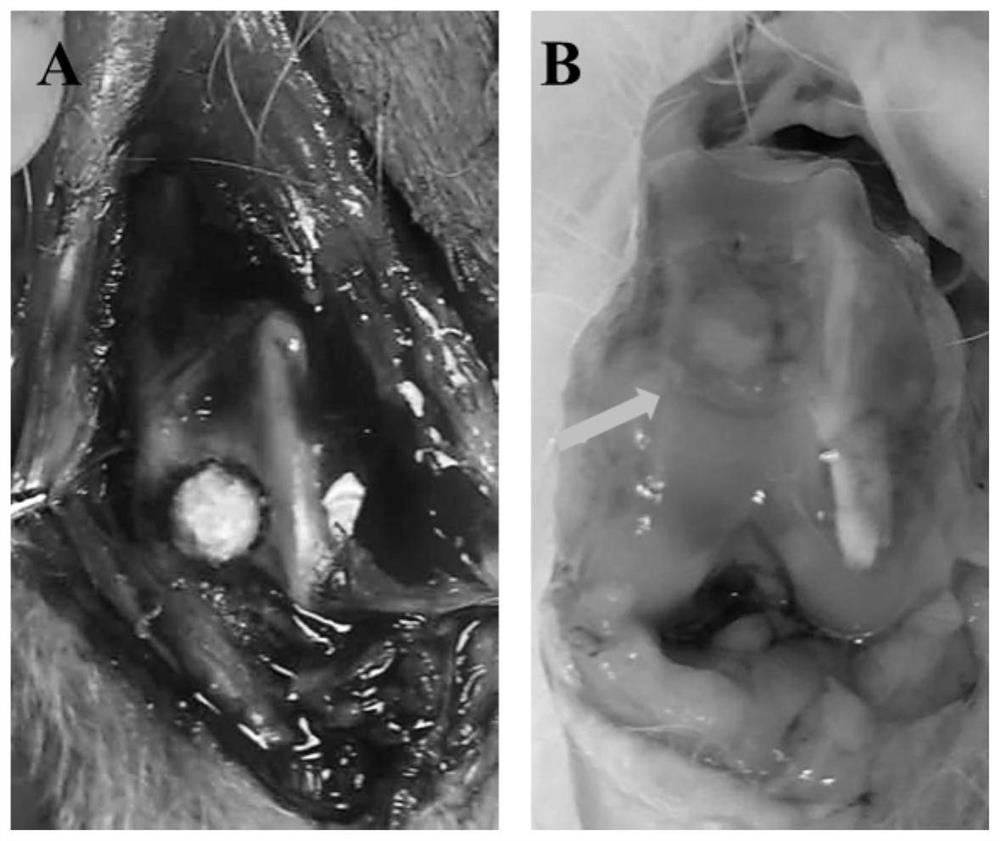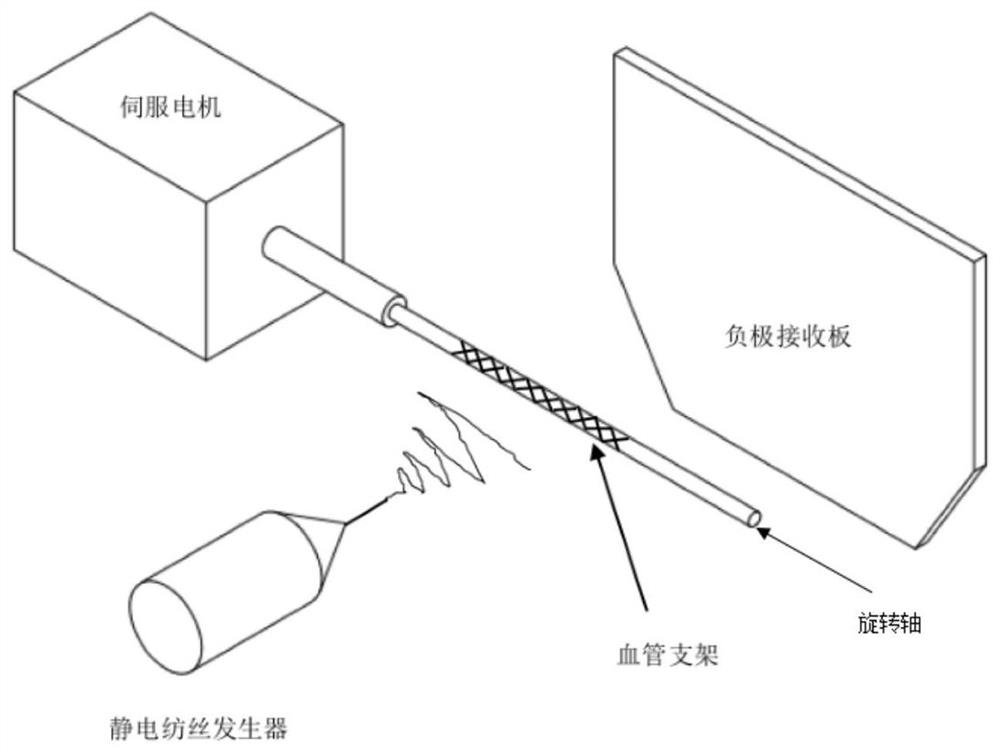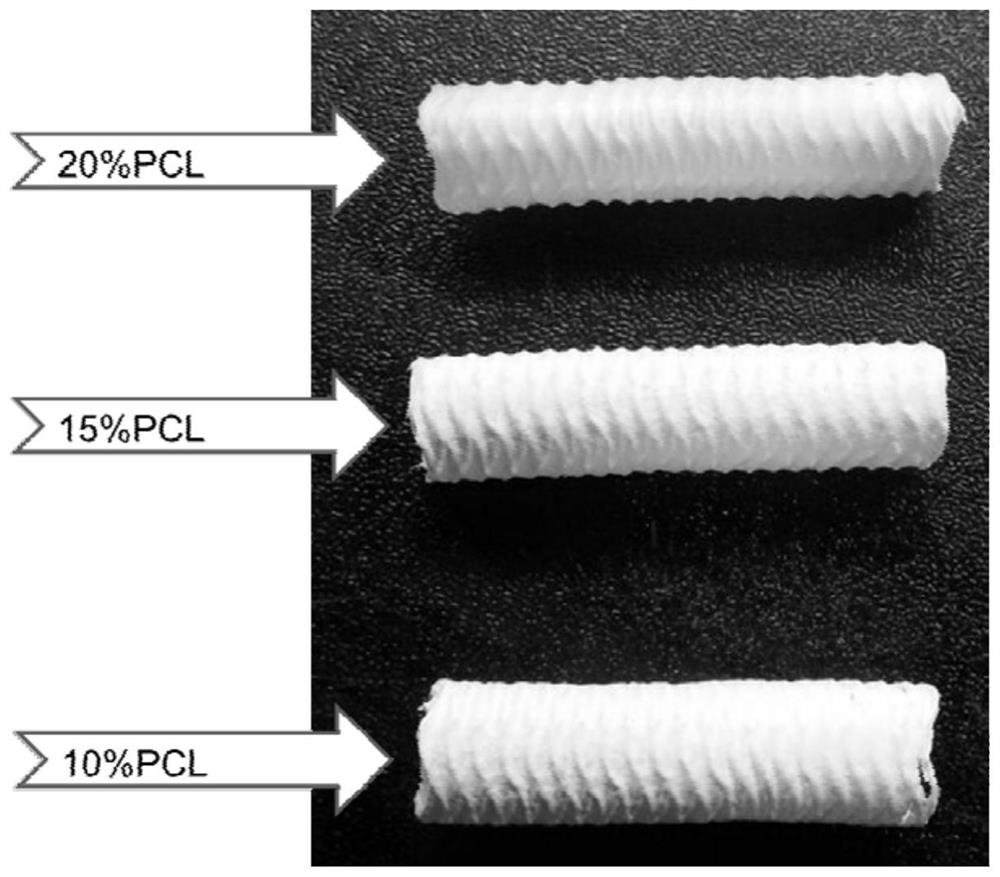Active extracellular matrix, composition containing active extracellular matrix, 3D tissue repair scaffold, preparation method and application
A tissue repair and extramatrix technology, applied in tissue regeneration, medical science, prosthesis, etc., can solve problems such as lack of processing capacity, insufficient content of tissue repair materials, and transmission of large-scale diseases with quality variability.
- Summary
- Abstract
- Description
- Claims
- Application Information
AI Technical Summary
Problems solved by technology
Method used
Image
Examples
Embodiment 1
[0066] The preparation method of active extracellular matrix, the method adopts the method of gene modification to introduce gene fragments expressing active factors into cells, make it secrete extracellular matrix and active factors by way of in vitro culture, and then remove cells to obtain active extracellular matrix The extracellular matrix of factors; wherein, the cells are at least one of human cells or other mammalian cells. Preferably, the cells are at least one of human mesenchymal stem cells, human iPS stem cells, and stem cells of other mammals. Using the combined application of the Tet-on expression regulation system and the CRISPR / Cas9 system, the gene fragments of the active factors are introduced into the stem cells during the cell culture process, and the stem cells are expanded in vitro, and the specific overexpression is conditionally overexpressed during the directed differentiation stage of the stem cells. Cell growth factor, promotes the directional differ...
Embodiment 2
[0073] The lentiviral Tet-on vector of bone morphogenic protein BMP2 / BMP4 was constructed in vitro, and the target gene sequence was introduced into the cells through the lentivirus and other gene vectors, and the cells were amplified in large quantities, and then planted on the 3D porous scaffold for culture and amplification. In the stage of inducing cartilage differentiation and bone differentiation, by adding tetracycline (Tet) or doxorubicin (Dox), the overexpression of BMP2 / BMP4 is induced to promote cartilage formation and osteogenesis differentiation. The decellularized ECM will contain a higher content of BMP2 / BMP4, so it can be used in clinical cartilage repair and bone repair materials. Using the Tet-on expression regulation system, the cell expansion can be unaffected, and the specific cell growth factor BMP2 / BMP4 can be conditionally overexpressed in the stage of cell directed differentiation.
[0074] Meanwhile, this example provides a method for decellularizatio...
Embodiment 3
[0076]Human fibroblasts and umbilical vein-derived endothelial cells (EC) were used for co-culture, and the formation of a 3D tubular network structure with a lumen of EC cells up to 400 μm was observed. The tissue-like structures produced by this co-culture technique have the potential to promote vascularization of ECM-coated 3D constructs after implantation. It is well known that vascularization of implants for tissue repair is one of the major challenges in the field of regenerative medicine. In this case, the Tet-on expression regulation system can be used for human fibroblasts, and tetracycline (Tet) or doxorubicin (Dox) can be added at the time of co-culture, so that human fibroblasts can overexpress endothelial cell growth Factor (EGF), which further promotes EC cells to form vascular lumen tissue.
[0077] This active ECM or 3D tissue culture scaffold with active ECM can be mass-produced in advance, then dried by freeze-drying and refrigerated storage, so the product ...
PUM
 Login to View More
Login to View More Abstract
Description
Claims
Application Information
 Login to View More
Login to View More - R&D
- Intellectual Property
- Life Sciences
- Materials
- Tech Scout
- Unparalleled Data Quality
- Higher Quality Content
- 60% Fewer Hallucinations
Browse by: Latest US Patents, China's latest patents, Technical Efficacy Thesaurus, Application Domain, Technology Topic, Popular Technical Reports.
© 2025 PatSnap. All rights reserved.Legal|Privacy policy|Modern Slavery Act Transparency Statement|Sitemap|About US| Contact US: help@patsnap.com



